
A skinhead or skin is a member of a subculture that originated among working-class youths in London, England, in the 1960s. It soon spread to other parts of the United Kingdom, with a second working-class skinhead movement emerging worldwide in the late 1970s. Motivated by social alienation and working-class solidarity, skinheads are defined by their close-cropped or shaven heads and working-class clothing such as Dr. Martens and steel toe work boots, braces, high rise and varying length straight-leg jeans, and button-down collar shirts, usually slim fitting in check or plain. The movement reached a peak at the end of the 1960s, experienced a revival in the 1980s, and, since then, has endured in multiple contexts worldwide.
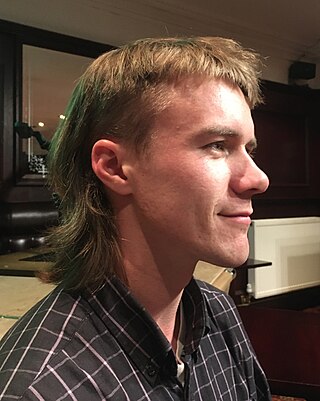
The mullet is a hairstyle in which the hair is cut shorter at the front, top and sides, but is longer at the back.

The high and tight is a military variant of the crew cut. It is a very short hairstyle, characterized by the back and sides of the head being shaved to the skin and the option for the top to be blended or faded into slightly longer hair. It is most commonly worn by men in the U.S. armed forces. It is also popular with law enforcement officers and other public safety personnel. Although "high and tight" is the primary term used in military and law enforcement, the same haircut is sometimes referred to by civilians as a "walker".

A crew cut is a type of haircut in which the upright hair on the top of the head is cut relatively short, graduated in length from the longest hair that forms a short pomp (pompadour) at the front hairline to the shortest at the back of the crown so that in side profile, so the outline of the top hair approaches the horizontal. Relative to the front view, and to varying degrees, the outline of the top hair can be arched or flattened at the short pomp front and rounded or flattened over the rest of the top to complement the front hairline, head shape, face shape and facial features. The hair on the sides and back of the head is usually tapered short, semi-short, or medium.

The mohawk is a hairstyle in which, in the most common variety, both sides of the head are shaven, leaving a strip of noticeably longer hair in the center. Mohawk hairstyles have existed for thousands of years. As of the 21st century, they are most commonly associated with non-conformity.

A bowl cut is a simple haircut where the front hair is cut with a straight fringe and the rest of the hair is left longer, the same length all the way around, or else the sides and back are cut to the same short length. It is named so because in medieval times, when it was popular in Europe, a bowl would be placed on the head and then used as a cutting guide to trim the hair.

Pomade is a greasy, waxy, or water-based substance that is used to style hair. It generally gives the user's hair a shiny, slick appearance. It lasts longer than most hair-care products, and often requires multiple washes for complete removal. The pomades of the 18th and 19th centuries consisted mainly of bear fat or lard. Lanolin, beeswax and petroleum jelly have been used extensively in modern pomades. The hold of pomades makes sculptured hairstyles such as the pompadour waves (hairstyle) possible.

A flattop is a type of haircut where the hair on the top of the head is cut and styled upright to form a flat profile when viewed from the front or side.

Hi-top fade is a haircut where hair on the sides is cut off or kept very short while hair on the top of the head is grown long.
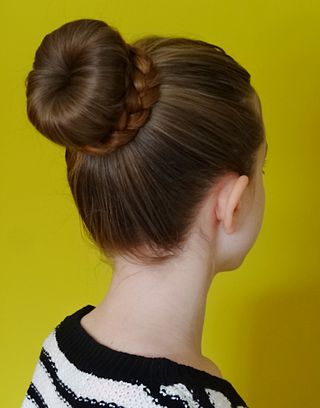
A bun is a type of hairstyle in which the hair is pulled back from the face, twisted or plaited, and wrapped in a circular coil around itself, typically on top or back of the head or just above the neck. A bun can be secured with a hair tie, barrette, bobby pins, one or more hair sticks, a hairnet, or a pen or pencil. Hair may also be wrapped around a piece called a "rat". Alternatively, hair bun inserts, or sometimes rolled up socks, may also be used to create donut-shaped buns. Buns may be tightly gathered, or loose and more informal.
Curtained hair or curtains is a hairstyle featuring a long fringe divided in either a middle parting or a side parting, with short sides and back. Curtained hair generally applies to males, although an alternative name, the undercut, is used for both male and female haircuts following this style. Variations on this haircut have been popular in Europe, North America, and Japan throughout the 20th century and in the 21st century, peaking between 1986 and 2001.

An asymmetric cut is a haircut in which the hair is cut in such a way that the hair does not have left-right symmetry and one side is cut or appears to be longer than the other. It is a versatile hairstyle with many subvariations. Usually it is a combination of two separate styles, one for each side. An extreme variation is the "side shave", in which one side of the head is totally or partially shaved close.
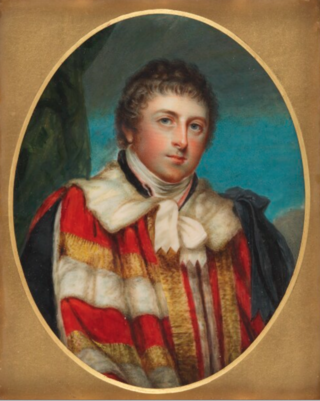
An eponymous hairstyle is a particular hairstyle that has become fashionable during a certain period of time through its association with a prominent individual.
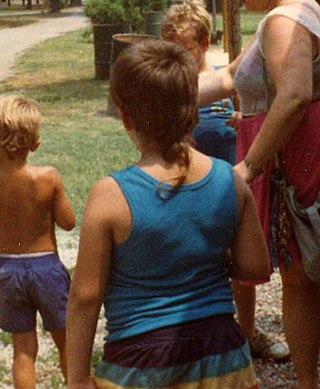
A rattail is a hair style that is characterized by a long "tail"-like element of hair growing downward from the back of the head. The rattail usually hangs naturally; however, it can be braided, treated as a dread, permed, straightened, poofed, or curled with an iron. In some instances, an individual might choose to grow several tails as opposed to a single very long tail. A rattail is characterised by hair longer than the rest of the hair surrounding it.
The Rachel haircut, commonly known as simply "The Rachel", is an eponymous hairstyle popularized by American actress Jennifer Aniston. Named after Rachel Green, the character she played on the American sitcom Friends (1994–2004), Aniston debuted the haircut during the show's first season, and continued to wear it throughout its second season while the series was nearing peak popularity. Designed by Aniston's hairstylist Chris McMillan to repair her damaged hair and grow out her bangs, "The Rachel" is a voluminous shoulder-length haircut, with several distinct layers that frame and turn outwards from its wearer's face. It has been described as a variation on both the shag and bob haircuts.
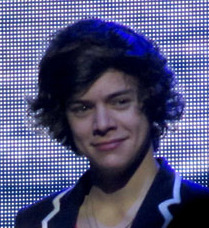
The wings haircut, also known the Mod haircut, Mop top, flippies, flow, Justin Bieber haircut, or skater hair is a popular hairstyle used in the skateboarding, surfer, mod, and preppy community. Typically long, the style can range from long and drooping below the eyes, to a shorter length. The haircut is typically wavy and, if straight, the length comes to halfway down the ears. Instead of lying on the wearer's ears, the hair flips up and comes straight out like an airplane wing, hence the name. The hairstyle was popular among men in the 1960s, 1970s, mid-late 2000s, early 2010s and 2020s.

The pompadour is a hairstyle named after Madame de Pompadour (1721–1764), a mistress of King Louis XV of France. Although there are numerous variations of the style for men, women, and children, the basic concept is having a large volume of hair swept upwards from the face and worn high over the forehead, and sometimes upswept around the sides and back as well.

The 2010s were defined by hipster fashion, athleisure, a revival of austerity-era period pieces and alternative fashions, swag-inspired outfits, 1980s-style neon streetwear, and unisex 1990s-style elements influenced by grunge and skater fashions. The later years of the decade witnessed the growing importance in the western world of social media influencers paid to promote fast fashion brands on Pinterest and Instagram.
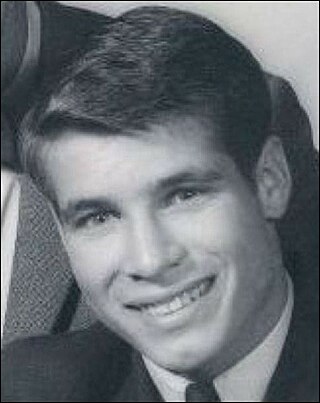
A regular haircut, in Western fashion, is a men's and boys' hairstyle that has hair long enough to comb on top, a defined or deconstructed side part, and a short, semi-short, medium, long, or extra long back and sides. The style is also known by other names including taper cut, regular taper cut, side-part and standard haircut; as well as short back and sides, business-man cut and professional cut, subject to varying national, regional, and local interpretations of the specific taper for the back and sides.
Secular laws regulating hairstyles exist in various countries and institutions.




















